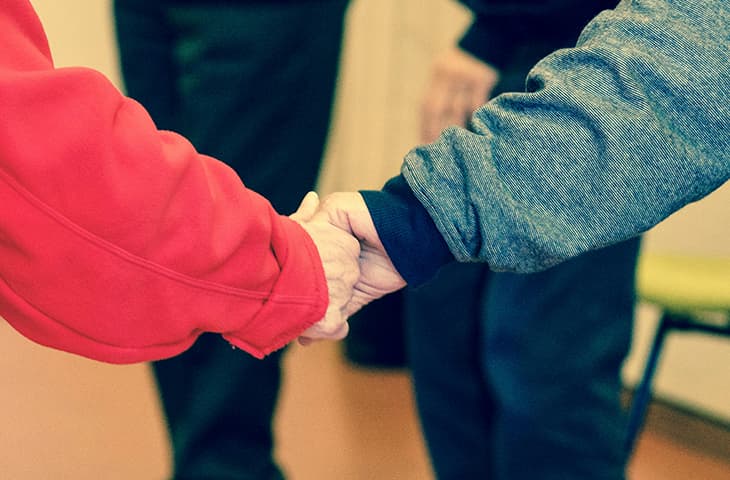‘it Remains A Puzzle’: Cjr Helps Slightly But Home Health Uptake Rates Still Low

The Comprehensive Care for Joint Replacement (CJR) model has had a modestly positive effect on how often joint replacement patients receive home health care, but “sizeable portions” of these patients still “miss out” on such services.
This is according to study findings recently published in the American Journal of Managed Care.
To enhance care coordination and decrease spending, the Centers for Medicare & Medicaid Services (CMS) introduced the Comprehensive Care for Joint Replacement (CJR) Model in 2016. This model encouraged hospitals to take a more comprehensive approach to meet the needs of patients undergoing major joint replacement surgery by financially rewarding them for reducing Medicare spending while ensuring quality care from admission to 90 days post-discharge.
The objective of this study was to determine whether the CJR increased HHC uptake after major joint replacement surgery. Researchers analyzed national CMS data from 2014 to 2018 to compare uptake rates among patients referred to HHC before and after the implementation of CJR. They also assessed whether uptake varied among different racial and ethnic groups. Finally, they evaluated whether CJR led to the use of higher-quality HHC services.
Results found that only 79.2% of patients referred to home health care after joint replacement used it. During the CJR model period, HHC uptake decreased overall compared to previous years, but this decrease was mitigated for patients at CJR hospitals, resulting in a differential lower decrease of 4.5% in home health care uptake.
The difference in uptake was primarily observed among White and Black patients.. In contrast, Hispanic and Asian American/Pacific Islander patients did not experience a statistically significant change in uptake rates. Researchers noted that regional differences in HHC services could explain the variations in uptake.
With regard to Hispanic and AAPI patients specifically, the researchers noted that structural impediments might negatively affect the quality of communication between hospital clinicians and these individuals, compromising their adherence to home health care that is prescribed.
“Nearly 40% of hospitals do not offer language services, and approximately one-third of HHC aides report speaking a different language than their patients,” the study authors wrote. “As a structural barrier to health care, language-induced barriers may erode trust and lower patients’ willingness to let care providers complete medically necessary tasks.”
These findings build on previous research showing how many people do not receive home health care services. Specifically, in the general Medicare population, nearly half of people prescribed home health care do not receive it. And HHC usage varies by race and ethnicity, showing 15% to 20% lower rates among Black and Hispanic patients compared to White patients.
“As HHC and the home environment become increasingly important as care settings for aging adults, it remains puzzling why a significant proportion of patients miss out on these services,” researchers wrote. “Future work is urgently needed to identify and modify structural factors that can alleviate patients’ concerns and reduce barriers to recommended care.”
The post ‘It Remains A Puzzle’: CJR Helps Slightly But Home Health Uptake Rates Still Low appeared first on Home Health Care News.

